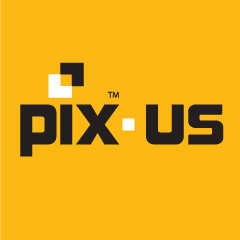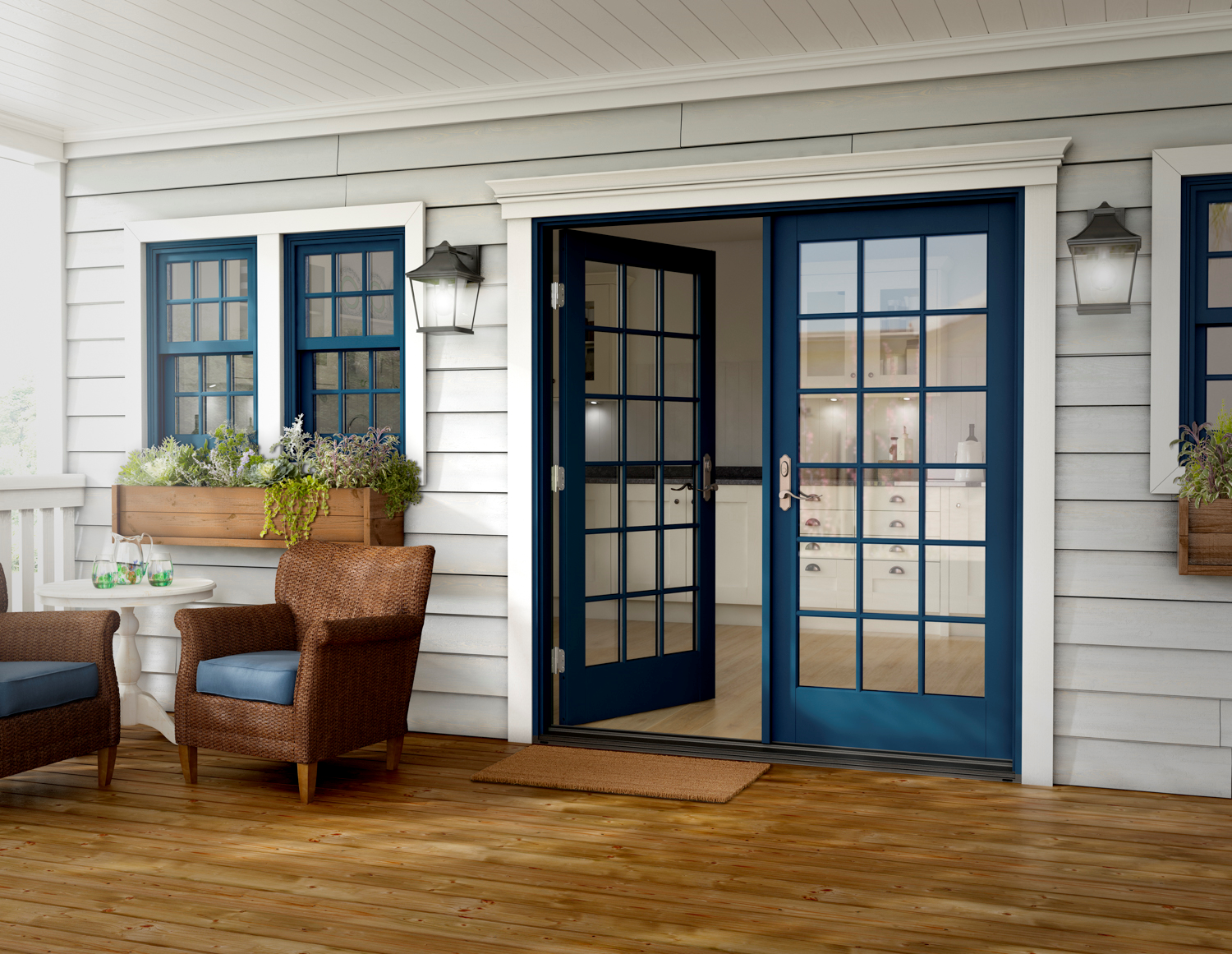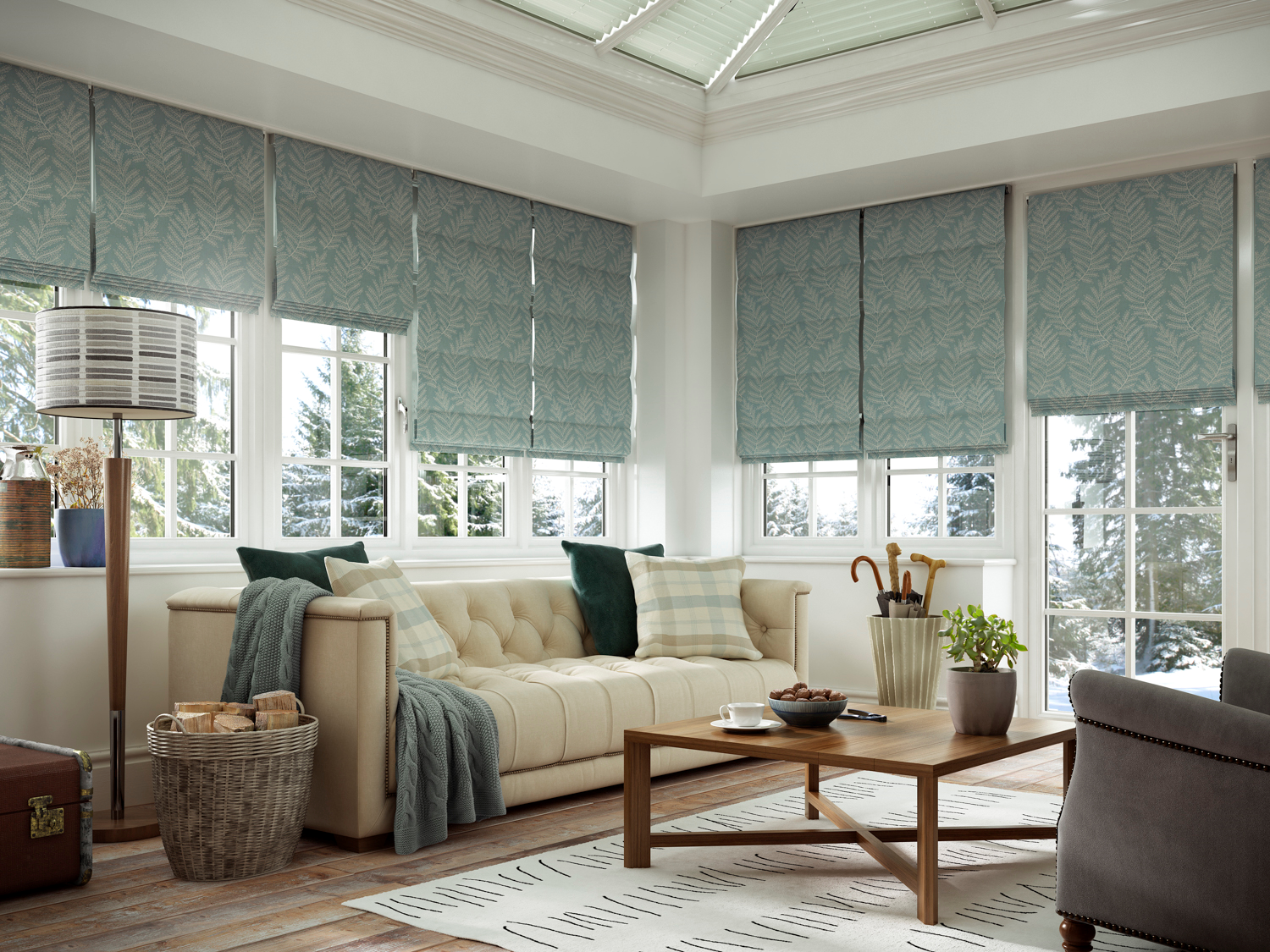Why CGI? Part Two
Traditional photography or CGI? At Pix-US, we hear that question almost daily. Although traditional photography could be the right fit, there are many short- and long-term reasons to choose CGI. In part one (post below) of our series, we talked about versatility and some of the ways CGI can save resources. Here, we discuss ease of use, creative control, and post-production benefits. Easier to Use How many times have you gotten your images back from a photo shoot only to find that your product is covered in dust that requires hours in post-production to clean up? In the CG world our sets can sit forever without an accumulation of dust. Now that doesn't mean you can't have a little grit and grime in your work if it's appropriate. We just have to plan for it and add it into the texture files as we go. Just Science Want your images to look like they came from the real world? The one we actually live in? Well that's what this process is all about. With the Pix-US process, we can follow the laws of nature, how the light falls, how gravity works, or we can take artistic liberties to help illustrate the story we are trying to tell. We can place the camera in unexpected places, even seemingly impossible places. We are able to control all elements of time and space for the image in order to create the most believable, or the most unbelievable visuals you can imagine. Remember that files produced for engineering purposes can have elements that depend on things like gravity or materials expansion to fill out curves and need some gentle nudging to make them look just right. They're great for work on the factory floor but they're just not very pretty. But all of that said, great CAD files generally produce great results. Post-production We rely on the very best post production techniques and practices to make the images really shine. The compositing of live photography of organic props and fabrics, flowers and food items, clothing or people enable us to include real-world elements that are too time consuming (and less than cost-effective) to build...


